Let’s face it, we’re in a cinematic downturn. From Marvel to DC, Star Wars to The Lord of the Rings, it seems like new projects are drowning in terrible writing, lackluster cinematography and surface level sets.
Even when series have a bigger budget than the GDP of some states (we’re looking at you, The Rings of Power) it seems they can’t capture the magic of their predecessors. It’s got us feeling nostalgic for the masterpieces that shaped Hollywood over the years.
Snow White and the Seven Dwarves (1937)
Until Snow White, Disney mainly focused on short animations that, while popular, made little money. Animators worried they wouldn’t be able to hold audiences’ attention with a feature-length film, and the technical challenges of animating a “real girl” were daunting – especially as many of the animators had little artistic training.
After going 6x over its budget, the film was released to international success, cementing Disney’s place as a media powerhouse and establishing a guideline for how to make animated movies.
Psycho (1960)
Psycho did more than grace us with perhaps the best-known shower scene in cinema. The short scene utilized 78 cameras, extreme-close-ups, and wide pans, allowing Hitchcock to spit in the face of censorship and the Hays Code by giving the illusion of violence and nudity – but never truly let
either grace the screen. Its willingness to kill its main character Marion (Janet Leigh) blew audiences’ minds, and the movie marks the first time a toilet was ever seen on screen. Take that, Hays Code!
Jaws (1975)
Jaws kicked off the summer blockbuster, and though it wasn’t the first to have a national advertising campaign, it was arguably the most successful at the time. Despite a ballooning budget, Jaws recouped the studio’s investment in just 10 days before smashing through box office return records, dethroning The Godfather. It reached a moneymaking potential that was so far unseen by Hollywood – almost $2 billion if adjusted for current-day prices.
Star Wars: A New Hope (1977)
Science fiction certainly existed before Star Wars but it was never the same after this hit theatres. The underdog film kicked off a sci-fi boom with its gorgeous special effects and era-defining soundtrack. Its sequels proved that franchises could have legs and showed companies that merchandising was the real money maker. In one of the worst deals ever made, Fox paid George Lucas a smaller cut in exchange for the sequel and merchandising rights. Lucas eventually sold the property to Disney for an eye-watering $4.05 billion.
Indiana Jones and the Temple of Doom (1984)
It’s hard to imagine that the original setting for Temple of Doom was a haunted Scottish castle rather than British-controlled India. These days it’s controversial for its racist depictions of Indians, but back in the 80s, parents were more concerned by the infamous heart-ripping scene. Before Temple of Doom, there were only 2 ratings, PG and R. The film got a PG rating, and parents were aghast when their kids were scared by melting heads and still-beating hearts in the hands of a madman. The outcry forced the MPAA to create the PG-13 rating, and the rest is history.
Die Hard (1988)
Die Hard changed the idea of what a hero – and their villain –could be. The film’s logical and realistic setup made John McClane (Bruce Willis) more identifiable with audiences. Moreover, his failing personal life, fear of death, willingness to show emotions, and lasting injuries were rarely – if ever – seen on the screen. Alongside him, Hans Gruber (Alana Rickman) was a subtle and clever villain and has since emerged as one of the most iconic villains of the genre. Die Hard became the blueprint for action movies throughout the 90s, and cemented itself as one of the best action films ever made.
Akira (1989)
Another defining animation, Akira helped cement anime’s place outside of Japan. With stunning visuals, a mind-bending soundtrack, and a frenetic dystopian energy, Akira‘s influence spans genres. The list of musicians, filmmakers, and artists who cite the anime as a key inspiration is mind-bogglingly long. Even if you’ve never indulged in the cyberpunk cornerstone, you’ve almost certainly seen an homage to it in something else. It’s certainly not for the faint of heart, but there’s no denying the huge risks the animators took on this project and the effect it still has today.
Jurassic Park (1993)
Jurassic Park is still best dinosaur movie ever made, but it also pushed special effects to a whole new level with its release. While the film was originally meant to use animatronics and Claymation to create the colossal beasties, an animator left a CGI animation of a T-rex walking where Kathleen Kennedy would see it. Smitten with the lifelike image, Kennedy told director Steven Spielberg who fell in love with it too, pushing CGI into the mainstream.
Toy Story (1995)
With its dated graphics, Toy Story might be unintentionally terrifying to watch nowadays (we’re looking at you, Scud), but the movie kicked off the shift from 2D to 3D animation. With no live-action elements, it marks the first fully CGI theatrical release ever, as well as beginning the Disney and Pixar powerhouse relationship. It was the first animated film in Oscar history to score a nomination for Best Screenplay, and it charmed children and adults alike.
Scream (1997)
Scream redefined the slasher genre after its release. Audiences were stunned when the popular Drew Barrymore was killed in the first few minutes. It stands out as a “pro-feminism” title in a genre that was typically aimed at young men and ushered in an era of “final girl” films that used horror to explore the female experience. Its combination of self-aware dialogue and satire cemented it as a mainstream success, and Scream endures as a stand out of the horror genre a quarter of a century after its release.

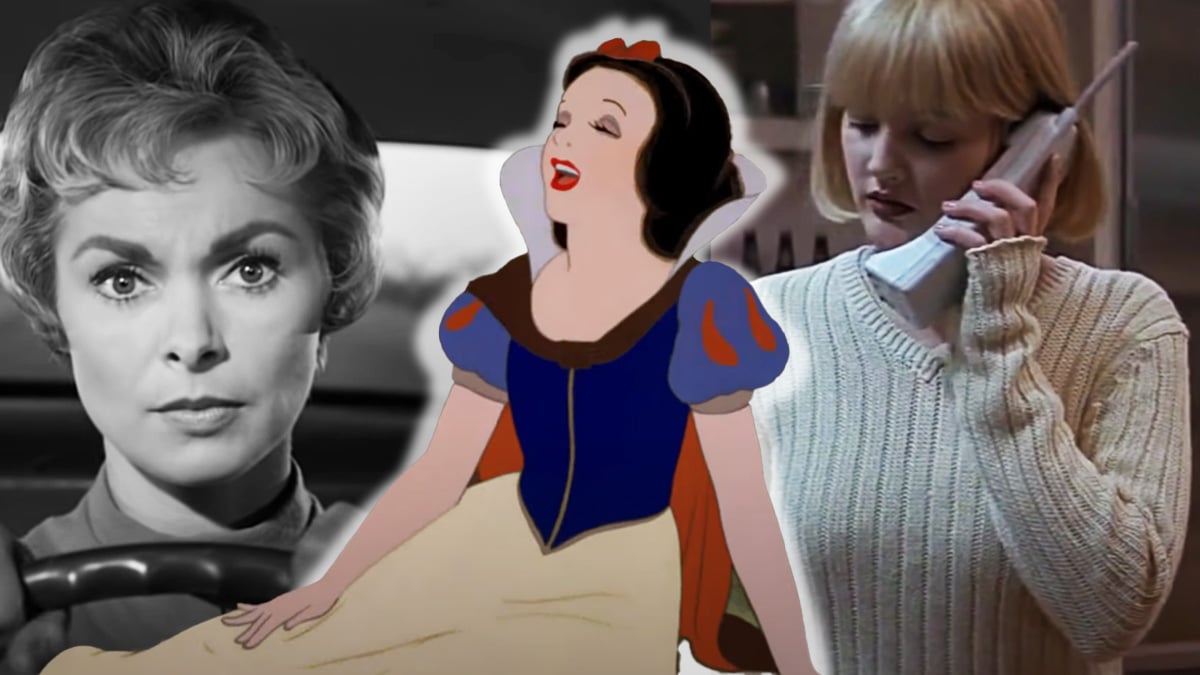
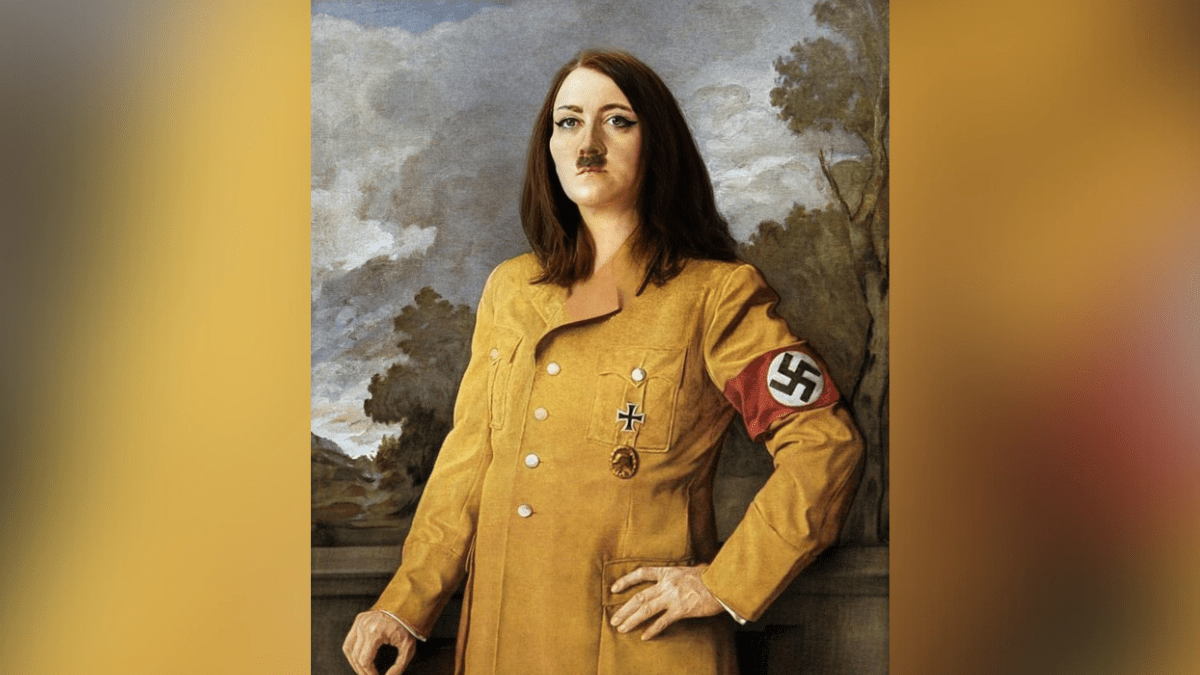
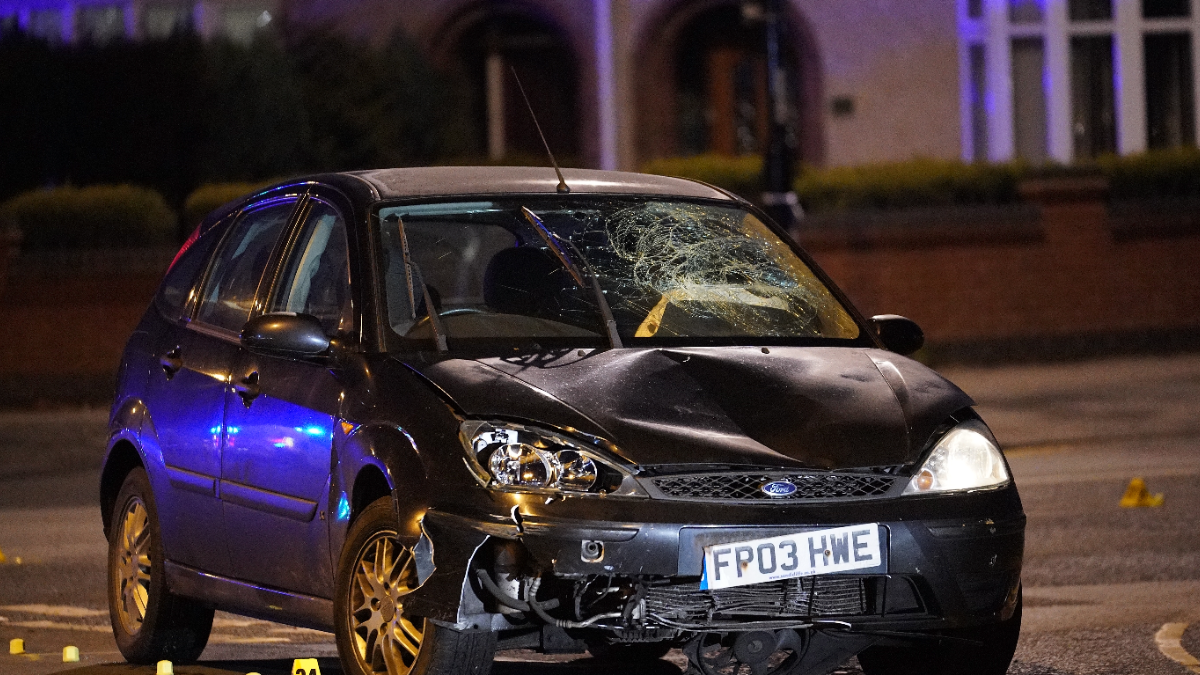
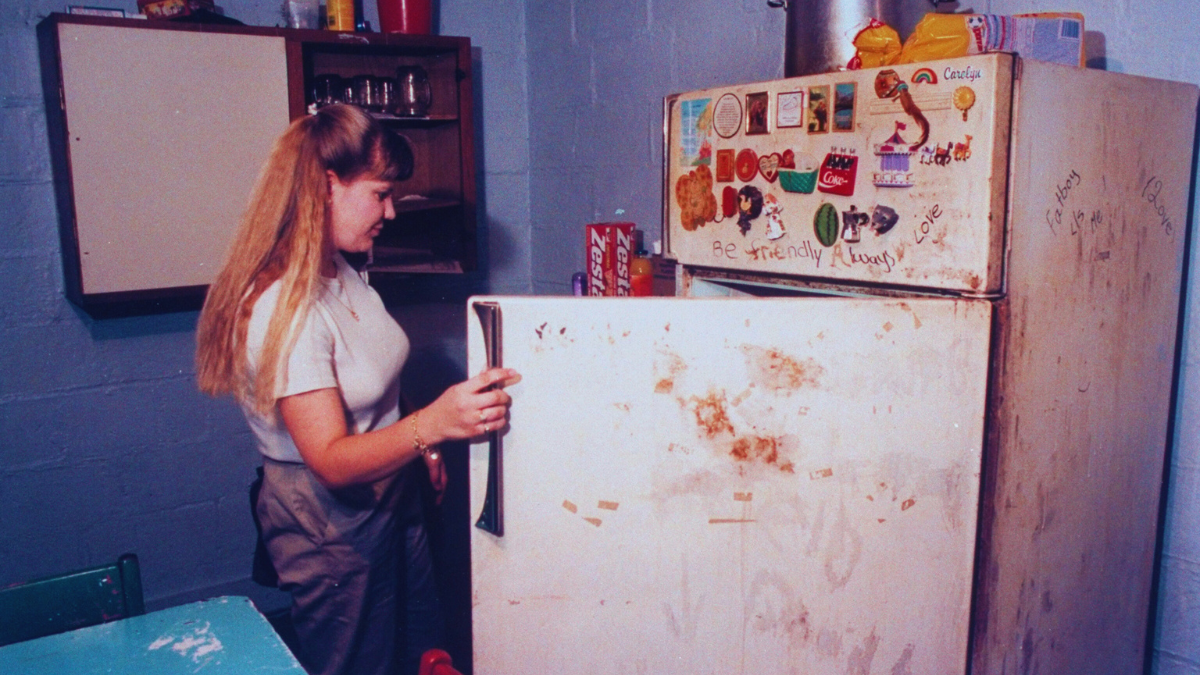

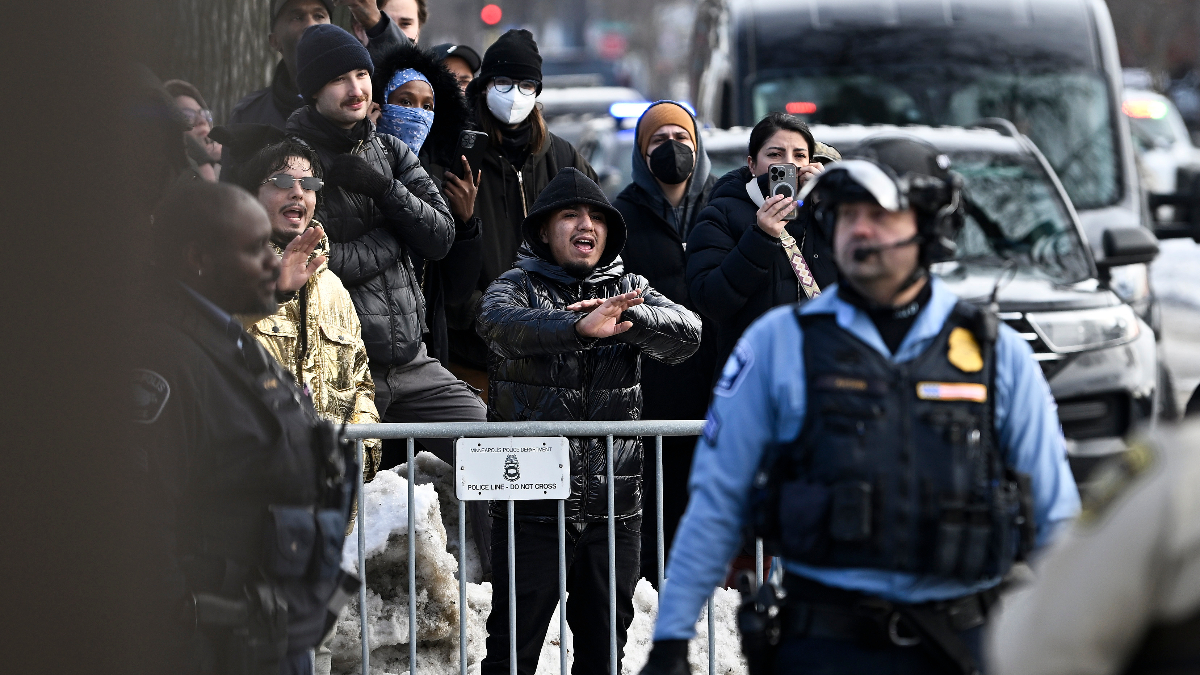

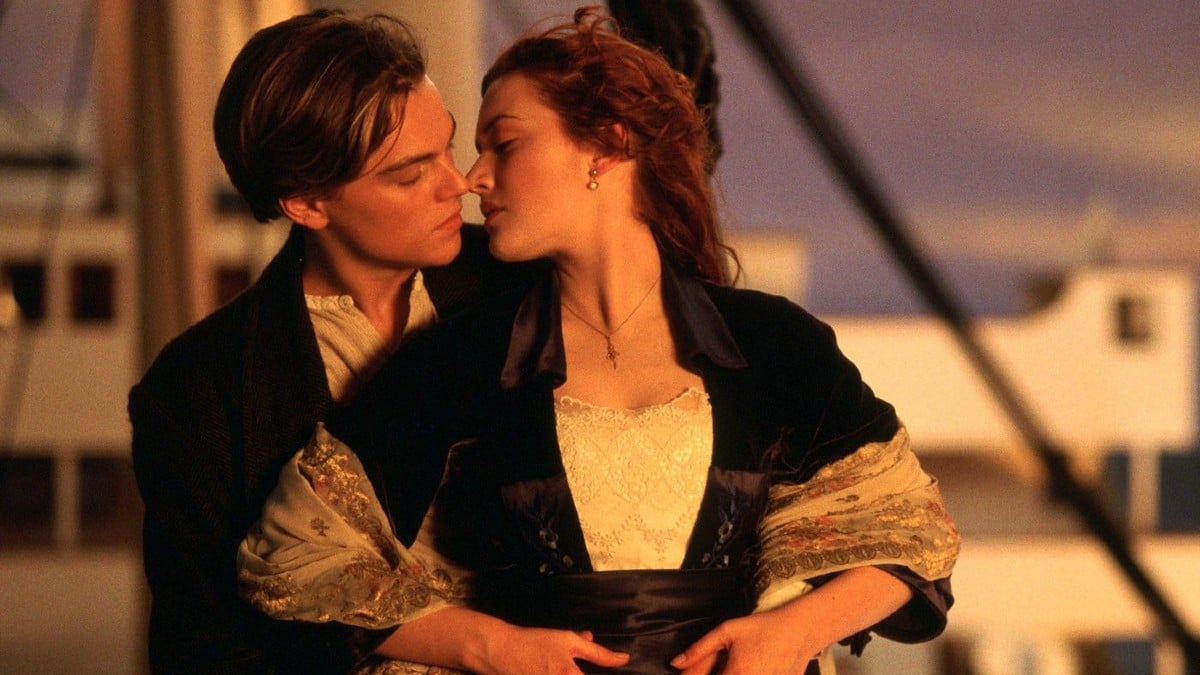
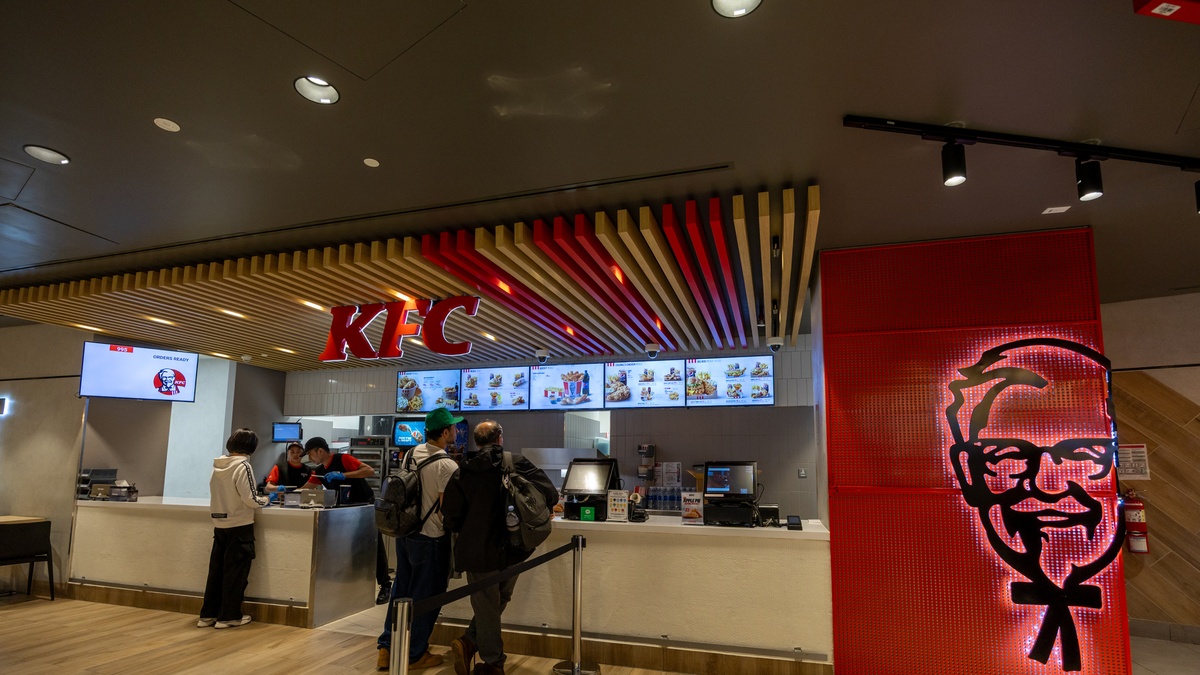

Published: Oct 12, 2024 10:00 am